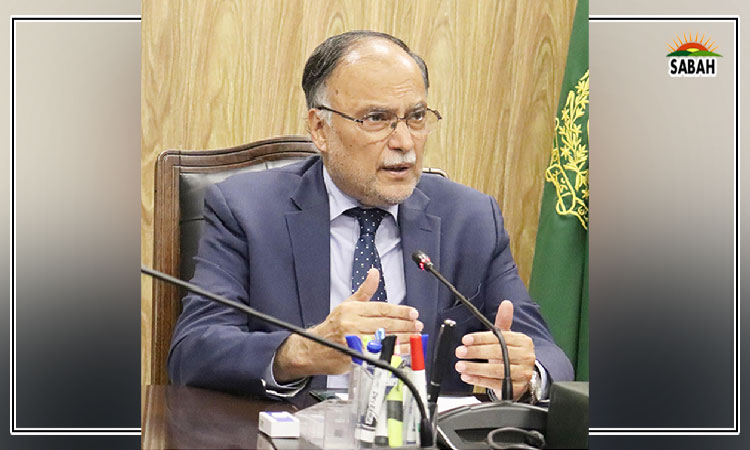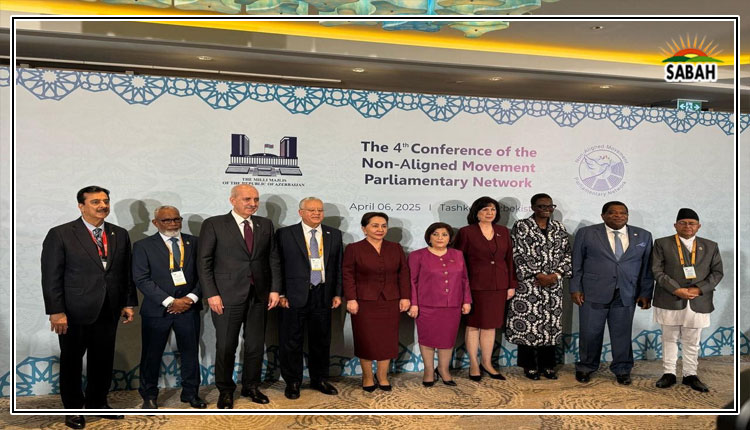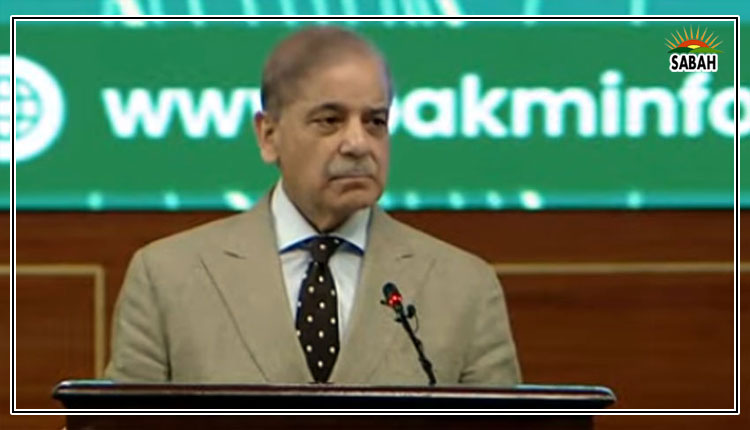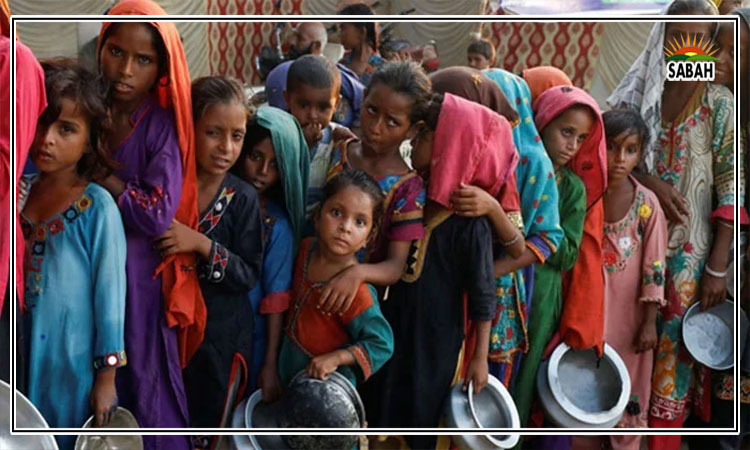Hungry for change …. Dr Mehreen Mujtaba
Rahim Khan was born very weak, according to his father, a daily wage earner from Ganche, in the Gilgit-Baltistan region.
A few months back, a severely malnourished, 12-month-old baby Rahim was brought to the Nutrition Stabilisation Center (NSC) in Ganche. Whatever he would eat, he would either vomit or pass through. He was emaciated, listless, with no energy. The father had spent all his meagre savings on the treatment of his son at various clinics.
The nutrition assistant at the NSC measured the mid-upper arm circumference (MUAC) of baby Rahim, which was 9.1 cms, indicating severe acute malnutrition, a life-threatening condition. The baby was admitted and started on Ready to Use Therapeutic Food (RUTF) treatment, a lifesaving, essential drug that treats severe cases of malnutrition in children under the age of five. Baby Rahim was fed this nutrition-dense paste twice a day, which resulted in stabilising his condition.
Three months later, Rahim achieved an MUAC of 12.7. The baby is thriving well. Rahim is among five million children in Pakistan who suffer from acute malnutrition which is referred to as wasting. Ganche is one of the 67 high-burden districts in Pakistan with severe malnutrition in children under the age of five.
Pakistan faces a paradox. While we are making strides in various sectors, malnutrition remains a significant challenge, impacting health, productivity and economic growth. Malnutrition affects 40 per cent of children under the age of five, with stunted growth and 18 per cent suffer from acute malnutrition, as was the case with baby Rahim from Ganche.
This is a matter affecting the very foundation of our nation’s health and future. These figures represent more than just numbers. They reflect the missed potential, a reduction in the future productivity of our workforce, and an increased burden on our healthcare system.
Recent financing estimates show that $1.2 billion is needed annually to combat stunting, wasting and maternal anaemia. The capacity of the national government to mobilise additional resources for the implementation of a multi-sectoral nutrition plan is meagre, rendering Pakistan’s ability to sustain nutrition programming highly questionable in the medium and long term.
Securing both domestic and external financing is at the core of the 2021 Tokyo Nutrition for Growth Compact. Comprehensive and faster mechanisms must be in place to restructure the country’s debt if we are to achieve SDGs. In that scenario, debt relief in the form of debt swaps to address malnutrition offers a more promising approach to support Pakistan’s efforts in tackling malnutrition, provided it is linked with better performance or strong conditionalities on nutrition public spending.
Debt swap mechanisms increasingly gained interest amongst development partners over the last several decades, allowing creditor governments to waive outstanding debt obligations and interest claims from debtor governments in exchange for earmarking the repurposed/reallocated funds towards predetermined objectives and projects.
In exchange, the debtor government is responsible for channeling the funds transparently through its financial systems in the local currency. This could be achieved either through setting up in the debtor country a public trust fund or through a third-party organisation.
Debt Swap for Nutrition programmes need to focus on countries with the highest burden of malnutrition using indicators like Double/Triple Burden Malnutrition, and joint Unicef-WHO-World Bank databases.
Pakistan’s external debt reached $130.4 billion in March 2024. Through debt swap, a portion of Pakistan’s external debt could be redirected towards funding nutrition programmes. This will not only improve health outcomes and reduce malnutrition, but also reduce our debt burden while at the same time allocating dedicated resources for critical nutrition needs.
Potential partners to achieve debt swap for nutrition could be the World Bank, Asian Development Bank, IMF, European Union, and bilateral donors (USAID, FCDO, JICA, GIZ etc).
In Pakistan, several of the recognised debt swap models can be used. For starters, through a ‘Buy-Back Model’, Pakistan repurchases debt at discounted rates and redirects the savings towards nutrition interventions like therapeutic feeding programmes, multi-micronutrient supplements, and food fortification at scale.
There is also a ‘Debt-for-Nutrition Swap’ – wherein the creditors forgo the debt in exchange for Pakistan’s commitment to invest in nutrition. A third model could be ‘Debt Rescheduling’ through which the government of Pakistan can potentially reschedule debt repayment terms, freeing resources for nutrition.
Debt swaps need to be brought to scale in the field of nutrition. Nutrition programme swaps should have lower transaction costs than ad-hoc nutrition projects and will bring together multiple stakeholders in the design and implementation process.
By exploring Debt-for-Nutrition Swap opportunities, Pakistan can address pressing nutrition challenges, improve health outcomes, and support economic growth.
The writer is the director of climate change, nutrition and health at the Ministry of National Health Services, Regulation, and Coordination (MoNHSR&C).
Courtesy The News












